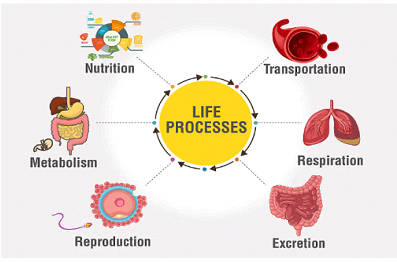The Concept of Electric Current
Introduction
Electric current is the flow of electric charge, typically through a conductor such as a wire. It is a fundamental concept in the study of electricity and plays a crucial role in the functioning of electrical circuits and devices. Understanding electric current is essential for grasping how various electrical systems work, from simple household wiring to complex electronic gadgets. In this blog post, we will explore the history, types, and examples of electric current, along with the contributions of famous scientists in this field.
History of Electric Current
The study of electric current began in earnest in the 19th century with the work of several pioneering scientists. The Italian physicist Alessandro Volta is credited with creating the first true battery, known as the voltaic pile, in 1800. This invention provided a steady source of electric current and paved the way for further experiments and discoveries.
Another significant contributor was André-Marie Ampère, a French physicist and mathematician who is often referred to as the father of electromagnetism. Ampère’s work in the early 1820s laid the groundwork for the theory of electromagnetism, and the unit of electric current, the ampere, is named in his honor.
Types of Electric Current
Electric current can be classified into two main types:
- Direct Current (DC): In direct current, the electric charge flows in a single direction. DC is commonly used in batteries, solar panels, and many electronic devices.
- Alternating Current (AC): In alternating current, the electric charge periodically reverses direction. AC is the form of current used in most household electrical systems and is the standard for power transmission over long distances.
These two types of current are used in different applications depending on the needs of the electrical system and the nature of the devices being powered.
Examples of Electric Current
Here are a few examples to illustrate the concept of electric current:
- Household Wiring: The electricity that powers your lights, appliances, and other devices in your home is a form of alternating current (AC) provided by the power grid.
- Batteries: Batteries provide direct current (DC) to power various devices, from flashlights to smartphones.
- Electric Vehicles: Electric cars use direct current (DC) stored in batteries to power their electric motors.
Key Scientists in the Study of Electric Current
Several scientists have made significant contributions to our understanding of electric current:
- Alessandro Volta: Invented the voltaic pile, the first chemical battery that could produce a steady electric current.
- André-Marie Ampère: Developed the theory of electromagnetism and formulated Ampère’s law, which describes the relationship between current and magnetic fields.
- Georg Simon Ohm: Discovered Ohm’s law, which relates the current flowing through a conductor to the voltage across it and its resistance.
- Michael Faraday: Made groundbreaking discoveries in electromagnetism, including electromagnetic induction, which is the principle behind electric generators and transformers.
Frequently Asked Questions (FAQs)
1. What is electric current?
Electric current is the flow of electric charge, typically measured in amperes (A). It occurs when charged particles, such as electrons, move through a conductor.
2. What are the two main types of electric current?
The two main types of electric current are direct current (DC), where the charge flows in one direction, and alternating current (AC), where the charge periodically reverses direction.
3. Who is the unit of electric current named after?
The unit of electric current, the ampere, is named after the French physicist André-Marie Ampère, who made significant contributions to the study of electromagnetism.
4. What is Ohm’s law?
Ohm’s law states that the current (I) through a conductor is directly proportional to the voltage (V) across it and inversely proportional to its resistance (R). It is expressed as I = V/R.
5. How is electric current measured?
Electric current is measured in amperes (A) using an instrument called an ammeter.
6. What is the difference between AC and DC?
In AC (alternating current), the electric charge reverses direction periodically, while in DC (direct current), the electric charge flows in a single direction.
7. Why is AC used for power transmission over long distances?
AC is used for power transmission over long distances because it can be easily transformed to higher or lower voltages, reducing energy loss during transmission.
8. What role do batteries play in electric circuits?
Batteries provide a source of direct current (DC) in electric circuits, supplying energy to power various devices.
9. What is electromagnetic induction?
Electromagnetic induction is the process by which a changing magnetic field creates an electric current in a conductor. It is the principle behind electric generators and transformers.
10. How do electric vehicles use electric current?
Electric vehicles use direct current (DC) stored in batteries to power electric motors, which drive the wheels of the vehicle.


